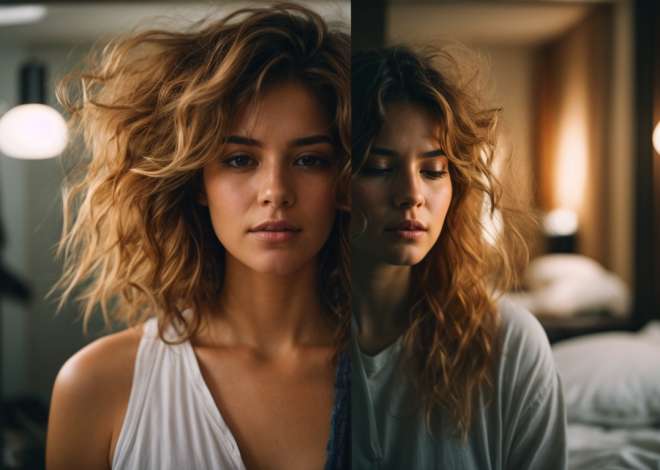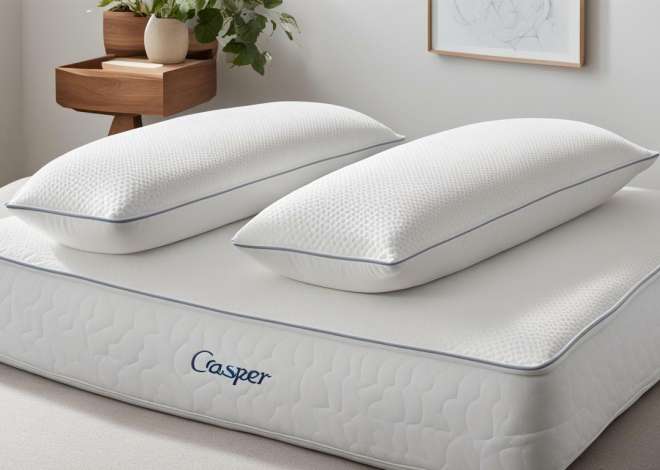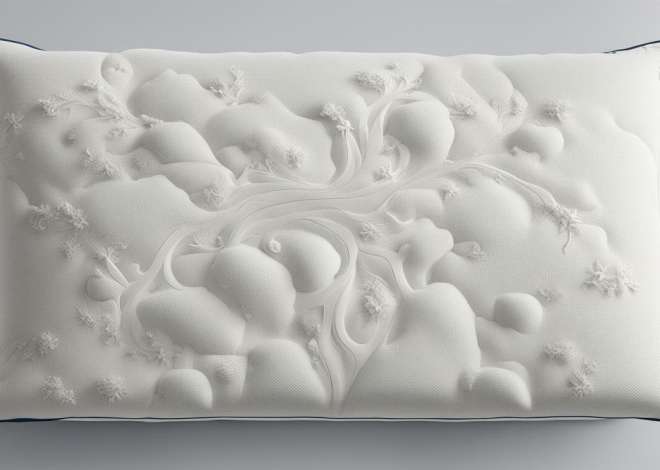
Silk vs Satin Pillowcases for Moisture Wicking
Are you struggling with dry skin and hair, especially when you wake up in the morning? Have you ever considered upgrading your bedding, specifically your pillowcase, to ensure that your hair and skin stay moisturized throughout the night? Look no further than silk and satin pillowcases, which are well-known for their ability to wick away moisture and provide a smooth surface for your face and hair to rest on. In this article, we will explore the differences between silk and satin pillowcases, their benefits and drawbacks, and how to choose the right pillowcase for your needs.
The Science of Moisture Wicking: Understanding the Basics
Before we delve into the specifics of silk and satin pillowcases, let’s first understand the concept of moisture wicking. Moisture wicking is the ability of a material to absorb and move moisture away from the body. This is essential because when you sleep, your body loses moisture through sweat, and this can lead to dry and irritated skin, as well as frizzy hair. A pillowcase made of a moisture-wicking fabric will help to keep your skin and hair hydrated, leading to a more comfortable and rejuvenating sleep experience.
Moisture-wicking fabrics are commonly used in athletic wear, as they help to keep athletes dry and comfortable during intense physical activity. These fabrics are designed to pull sweat away from the skin and onto the surface of the fabric, where it can evaporate more easily. This same technology can be applied to pillowcases, helping to keep you cool and dry throughout the night. In addition to silk and satin, other moisture-wicking fabrics used in pillowcases include bamboo, cotton, and microfiber.
Silk Pillowcases: Benefits and Drawbacks for Moisture Wicking
Silk is a natural protein fiber that is obtained from silkworms. It has been used for centuries for its luxurious feel and moisture-wicking properties. Silk pillowcases are gentle on your hair and skin, and their smooth surface helps to prevent friction and irritation that can cause hair breakage and wrinkles. Silk is also naturally hypoallergenic, meaning it is less likely to cause allergies or skin irritations. However, silk is expensive, and it is delicate, requiring special care to avoid damage.
Satin Pillowcases: Benefits and Drawbacks for Moisture Wicking
Satin, on the other hand, is a man-made fabric that is woven from nylon or polyester fibers. Satin pillowcases are smooth and silky, and they mimic the feel of silk at a lower cost. Satin is also durable and easy to care for, making it a convenient option for everyday use. However, satin may not be as breathable as silk, and it can trap heat and moisture, making it less effective at wicking away moisture.
What Are the Best Fabrics for Moisture Wicking?
In addition to silk and satin, there are other fabrics that are great for moisture wicking, including cotton, bamboo, and moisture-wicking polyester. Cotton is a natural fiber that is breathable and comfortable, making it an affordable and widely-used option. Bamboo is a sustainable and eco-friendly material that is soft, absorbent, and moisture-wicking. Moisture-wicking polyester is a synthetic material that is durable and easy to care for, making it a convenient option for those who prioritize convenience over luxury.
How to Choose the Right Pillowcase for Your Hair Type
The type of pillowcase you choose can have a significant impact on the health of your hair. If you have curly or textured hair, satin or silk pillowcases can help to reduce friction and prevent breakage. If you have fine or oily hair, cotton or moisture-wicking polyester pillowcases may be a better option, as they are less likely to cause tangling or buildup. Whatever your hair type, make sure to choose a pillowcase that is gentle and does not cause irritation or discomfort while you sleep.
How to Choose the Right Pillowcase for Your Skin Type
The type of pillowcase you choose can also have a significant impact on the health of your skin. If you have sensitive or acne-prone skin, silk or satin pillowcases may be a good choice, as they are hypoallergenic and less likely to cause irritation. If you have oily or combination skin, cotton or moisture-wicking polyester pillowcases may be a better option, as they can help to absorb excess oil and prevent breakouts. Whatever your skin type, make sure to choose a pillowcase that is breathable and comfortable, to promote a restful and rejuvenating sleep experience.
Can Silk or Satin Pillowcases Help Reduce Acne and Hair Breakage?
While using silk or satin pillowcases alone may not be enough to prevent acne or hair breakage, they can certainly help to minimize these issues. Silk and satin pillowcases are smooth and gentle on the skin and hair, reducing friction and irritation that can cause acne and breakage. By keeping your skin and hair hydrated and free from irritation, you can promote healthy hair growth and prevent the formation of acne and pimples.
The Impact of Moisture Wicking on Sleep Quality and Comfort
Moisture wicking not only benefits your hair and skin but also impacts your overall sleep quality and comfort. When your skin and hair are hydrated, you are less likely to wake up feeling dry and uncomfortable. Moisture-wicking pillowcases can also help to regulate your body temperature, keeping you cool and comfortable throughout the night. By investing in a high-quality pillowcase that wicks away moisture, you can promote a restful and rejuvenating sleep experience.
Tips for Caring for Silk and Satin Pillowcases to Maximize Moisture Wicking Benefits
To maximize the moisture-wicking benefits of your silk or satin pillowcase, it is essential to care for it properly. Silk pillowcases should be hand washed in cold water and air-dried, while satin pillowcases can be machine washed on a gentle cycle and air-dried. Avoid using fabric softeners or harsh detergents, which can damage the delicate fibers. With proper care, your silk or satin pillowcase can provide you with years of luxurious and moisture-wicking sleep.
In conclusion, silk and satin pillowcases are both excellent choices for those seeking to improve their sleep quality and promote skin and hair health. While silk may be more expensive, it is luxurious and hypoallergenic, while satin is durable and convenient. No matter which fabric you choose, make sure to select a pillowcase that is gentle, breathable, and effective at moisture wicking. With the right pillowcase and proper care, you can wake up feeling refreshed, rejuvenated, and ready to take on the day.


